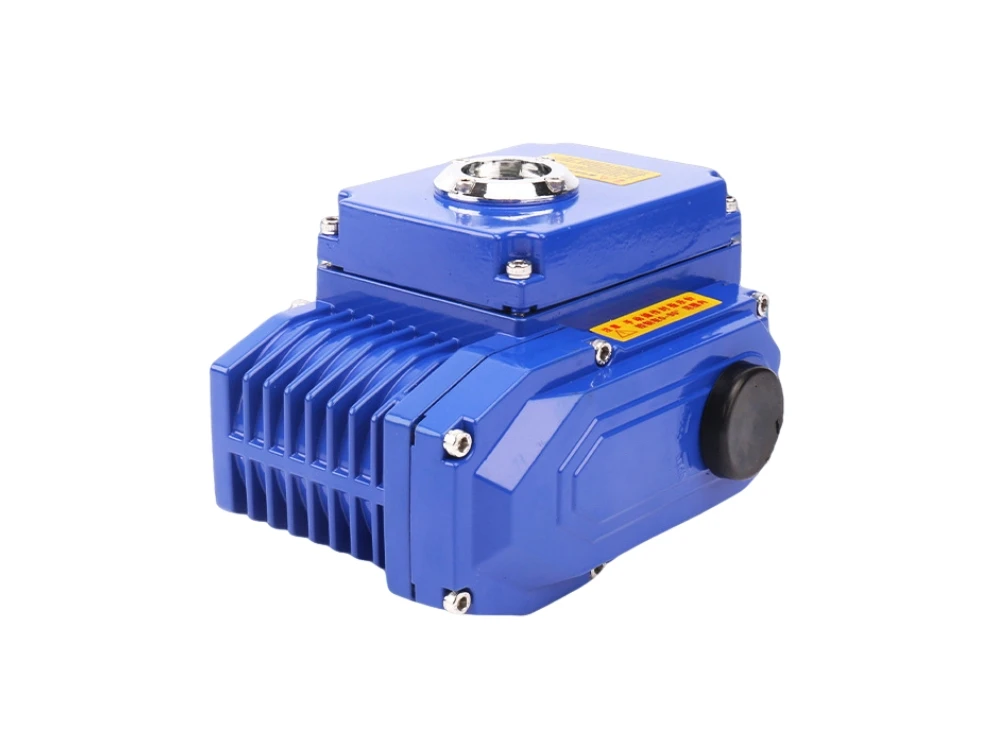The difference between brushed DC motor and brushless DC motor
Many friends can’t tell the difference between brushed DC motors and brushless DC motors, but they are curious and want to know what the difference is. Let’s briefly introduce it below! I hope it can help everyone! The difference between brushless DC motors and brushed DC motors can be analyzed from these four aspects:
Different working principles
Working principle of brushed DC motor: When the motor rotates, the carbon brush slides on the commutator to generate a rotating magnetic field, which is attracted by the static magnetic field of the stator. The current in the armature and stator windings is provided by a battery or other DC power supply to provide a constant DC voltage to the battery (or DC power supply).
Working principle of brushless DC motor: A magnetized permanent magnet is attached to the rotor of the motor to detect the polarity of the motor rotor. The driver controls the start, stop, and brake of the motor, controls the switches of each power tube of the inverter bridge, generates continuous torque, controls and adjusts the speed, provides protection and display, etc.
Different performance
The DC brushless motor has a simple structure and is easy to produce and process. It has been widely used since the 19th century. The technology is relatively mature. The DC brushless motor has a larger output power and higher control accuracy. The control accuracy can reach 0.01 mm, which can almost stop the moving parts at any desired place. All precision machine tools use DC motor control accuracy.
The DC brushless motor has only been put into commercial operation in the past decade. The technology is relatively immature. The brushless motor has a large starting resistance (inductive reactance) and a relatively small starting torque. The DC brushless motor has lower interference, lower noise, longer life, and lower maintenance costs.
Different structural composition
The basic components of the DC brushless motor include the stator, rotor, brush, and commutator. The interaction between the stator and rotor magnetic fields drives the motor to rotate.
The DC brushless motor consists of a motor body and a driver. The motor stator winding is mostly made into a three-phase symmetrical star connection. The driver consists of power electronic devices and integrated circuits.
Different speed regulation methods
In fact, both motors are controlled by voltage regulation, but because the DC brushless motor uses electronic commutation, digital control is required to achieve it, while the DC brushless motor uses carbon brush commutation, which can be controlled by traditional analog circuits such as thyristors, which is relatively simple.
Compared with the DC brush motor, the DC brushless motor removes the brushes. The most direct change is that there is no electric spark generated when the brush motor is running, which greatly reduces the interference of electric sparks on remote control radio equipment.
The brushless motor has no brushes, and the friction is greatly reduced during operation, running smoothly, and the noise will be much lower. This advantage is a huge support for the stability of model operation. Without brushes, the wear of the brushless motor is mainly on the bearings. From a mechanical point of view, the brushless motor is almost a maintenance-free motor. When necessary, only some dust removal maintenance is required.







